No customer has the exact same journey on your website.
While they may follow similar paths, the journeys and experiences they have are entirely unique for each of them.
This makes it all the more difficult for businesses to build a website experience that not only caters to the unique needs and wants of their target audience but also helps them seamlessly achieve the desired goal.
Although the challenge is difficult to overcome, it is not impossible, especially with the help of customer journey maps.
A customer journey map is basically a graph or map that provides a visual representation of the experience that a customer or buyer persona has with your business.
The purpose of creating this map is to understand the various stages of a customer’s journey and also to gain insights into their interactions with your brand at each of these stages.
In this blog, we’ll take a closer look at how you can create a customer journey map, and also understand how you can use behavioral analytics to enhance this process and optimize visitor experiences.
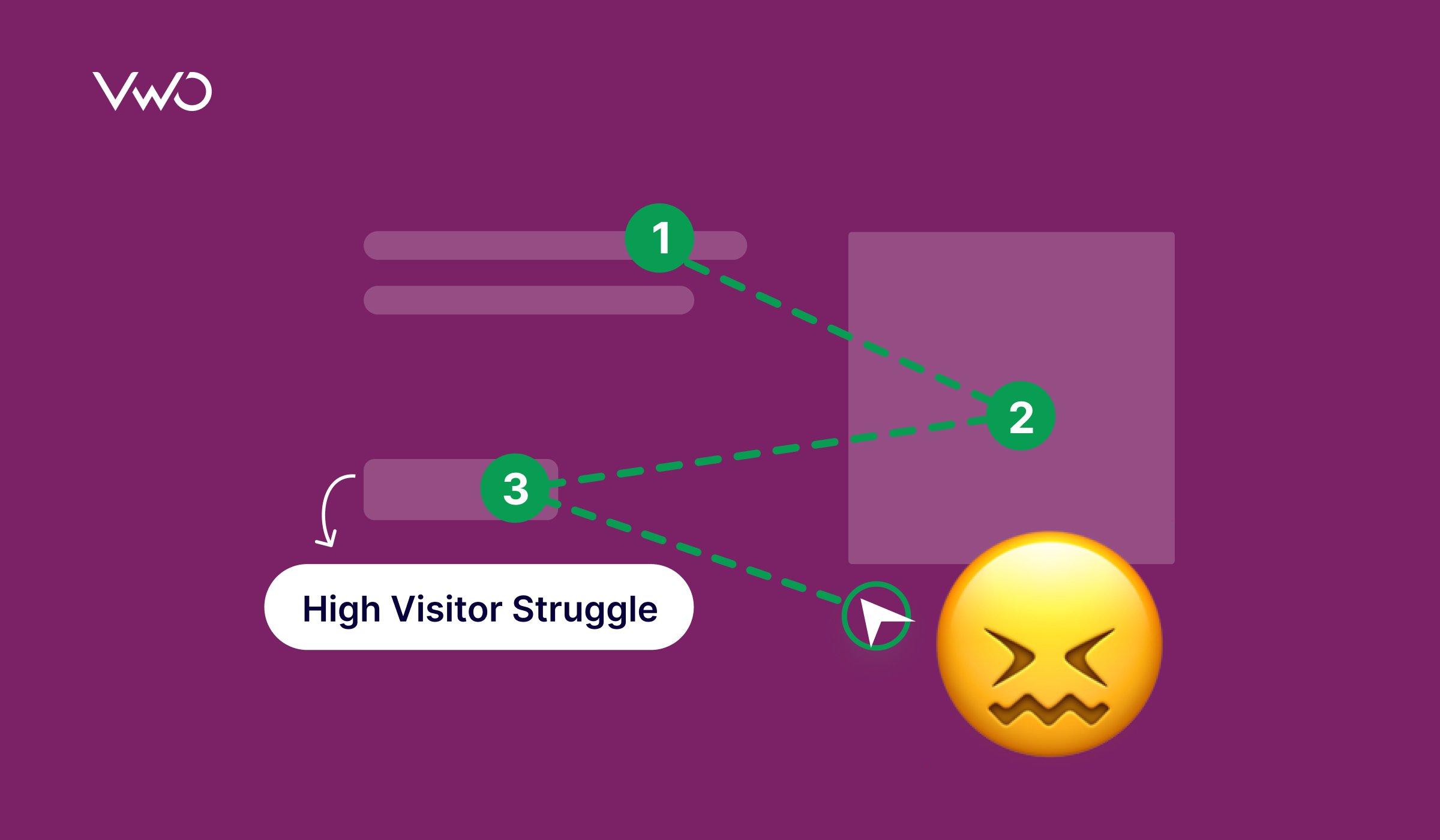
Why is it important to map the customer journey of your website?
Mapping the customer journey offers a wide range of benefits, especially when it comes to improving the overall customer experience.
However, the most important reason why you should map the customer journey is that it gives you a clear representation of how a typical visitor or buyer persona navigates through your website.
Marketers and business owners are often unaware of how the actual visitor interacts with a website. While we all want the visitor to reach the final stage of conversion as easily as possible, the journey is often more complex and layered.
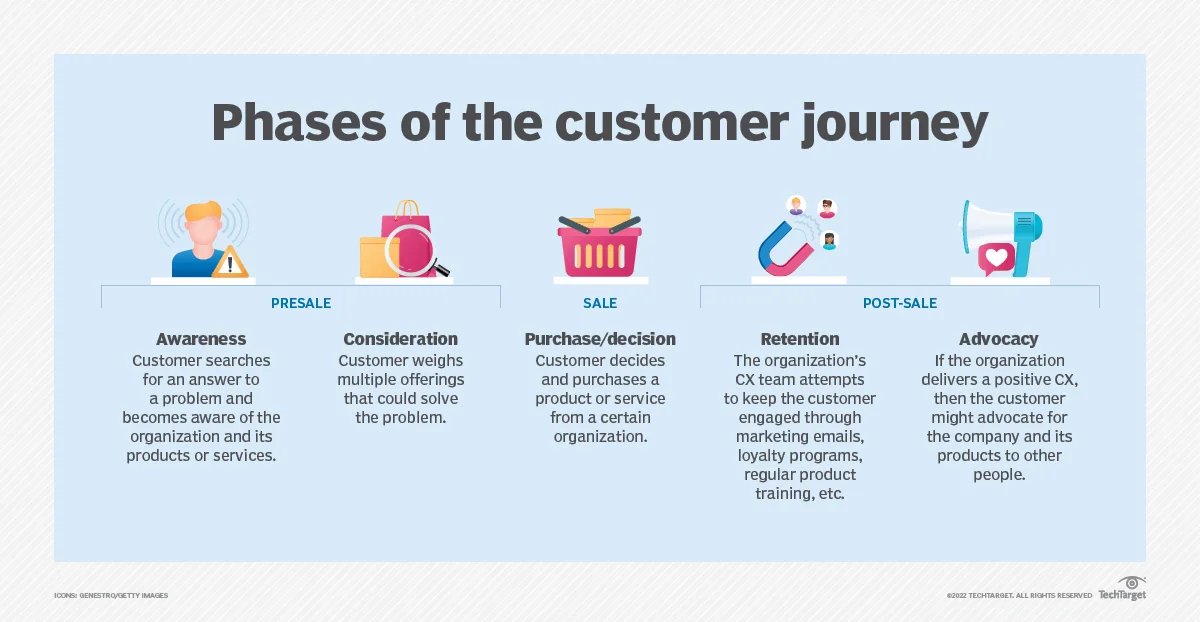
For example, when new visitors land on your website, they would typically want to know more about your brand, offerings, strengths, and benefits.
However, whether or not visitors will take the desired action depends on various other factors such as their intent, motivation, awareness level, and the stage of their buying process.
With the customer journey map, you can segregate your visitors into different stages and address their specific challenges and motivations at each level.
This not only allows you to optimize each stage, but it also allows you to identify potential roadblocks that prevent them from moving ahead in the buying journey.
How to make a customer journey map?
Creating a customer journey map involves a lot of research, analysis, and iterations.
The goal of this process is to visualize how visitors or customers experience your website, allowing you to optimize and improve every stage of their journey.
While there are a lot of different ways to go about it, here is a simple process that will help you get started and create a comprehensive customer journey map.
1. Establish clear goals for your customer journey map
Just like any other business strategy, mapping a customer journey requires a certain level of research and collaboration between different teams in the organization.
With the amount of effort that goes into creating a customer journey map, you must be clear about what you want to accomplish with it.
Do you want visitors to sign up for a free demo?
Are you trying to optimize a conversion funnel?
Do you want to target a specific buyer persona?
Setting clear goals will help you build a solid customer journey map that is effective, and reliable and also gives you an accurate representation of a customer’s journey.
2. Identify the most important buyer personas
Once you’ve established clear goals for the customer journey map, the next step is to create buyer personas and identify the most important ones.
Most businesses define their buyer personas based on demographics or specific market segments.
However, an ideal buyer persona should also be based on qualitative factors like motivation, mindset, and challenges faced by a segment of visitors or customers.
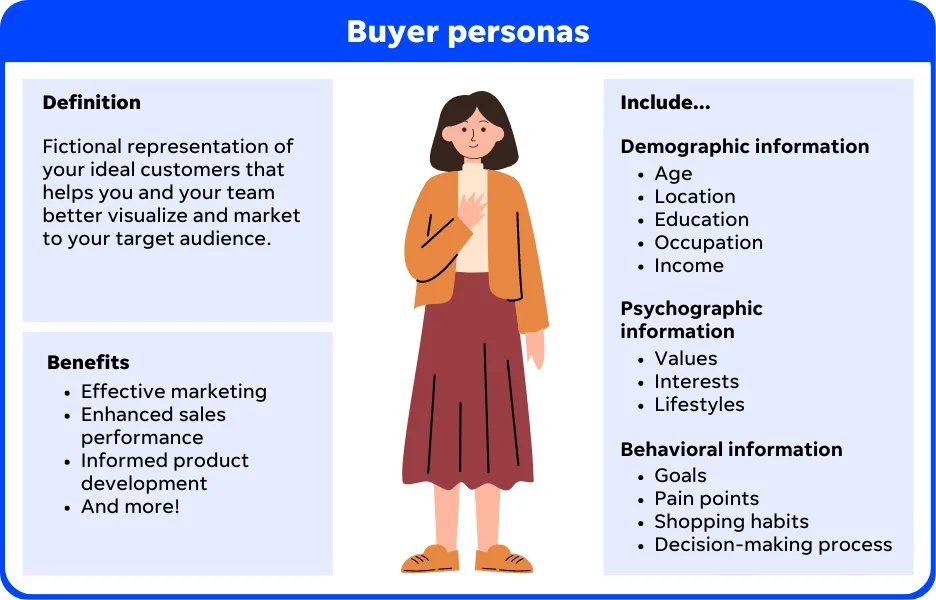
With this approach, you get a deeper understanding of what drives visitor behavior, how they like to make decisions, and also what prevents them from converting into customers.
To create effective buyer personas, you need to talk to your potential and existing customers through methods like surveys, or questionnaires.
Implementing A/B testing is also a great way to understand how your audience reacts to changes on the website, giving you insights into their behaviors and preferences.
By defining the buyer personas, you can identify the most common or important ones and start tracking their journey on your website. This will help you to focus on a limited number of personas at a time and track their experience more accurately on the map.
3. List down the touchpoints for each persona
Visitors and customers interact with your business at different points during their entire buying journey and even after that.
These points of interaction are known as touchpoints, and it is crucial to identify every touchpoint so that you don’t miss out on any aspect of a customer’s experience.
Also, by listing down the touchpoints of your key buyer personas, you can optimize every interaction and build an experience that matches their goals, challenges, and needs.
4. Map the journey of the selected buyer personas
As soon as you’ve identified the key touchpoints, you can list them down on a graph or timeline to visualize their journey from the first point of contact till they become paying customers.
On this customer journey map, you should also define their motivations and emotions at every touchpoint. This gives you a clear overview of how these buyer personas proceed through a conversion funnel and allows you to optimize them with a data-driven approach.
Also, once you’ve prepared the customer journey map, your next action should be to take this journey yourself and analyze whether the customer’s needs and requirements are being satisfied at each touchpoint.
This approach will also help you identify previously unknown roadblocks or challenges that visitors face on your website, giving you a chance to optimize these areas and build a seamless experience.
5. Refine and optimize the customer journey map
Once you’ve created the map, you can start optimizing the customer experience to make it more seamless and effective.
Since this is an ongoing process, you will have to refine and optimize the customer journey map according to the evolving behavior and preferences of your visitors and customers.
This will not only help you stay on top of the customer journey, but it will also help you discover new ways to optimize their experience and improve customer satisfaction.
Using behavioral analysis to improve customer journey mapping
The customer journey map provides a visual representation of how visitors interact with your website, however, you still need to analyze every touchpoint to identify the common trends and patterns that drive user behavior.
Although quantitative data like time spent on the page, bounce rate and session duration do give you an indication of how users are interacting with a page, they fail to provide deeper insights about the ‘why’ behind each visitor action.
This is where visitor behavior analysis comes into the picture.
At its core, behavioral analysis is the practice of tracking visitor interactions on your website to gain valuable insights into the behaviors, challenges, roadblocks, and preferences of every visitor.

With the use of powerful analytics tools like website heatmaps, session recordings, surveys, and form analytics, you can closely observe how users interact with different elements of your website and use these insights to optimize their experience.
Let’s take a look at how your business can leverage the power of behavior analytics to optimize the customer journey map.
Identify roadblocks and pain points at various touchpoints
One of the major benefits of behavior analytics tools like heatmaps and session recordings is that they allow you to pinpoint specific areas where visitors encounter difficulties or frustrations.
For instance, let’s say that a user arrives on your website after clicking on a Google Ad. Now, the next touchpoint for this visitor is the landing page of your website where the primary CTA is the “Start a free trial” button.
However, you notice that the bounce rate of the landing page is quite high even though data shows that visitors are spending a considerable amount of time on it.
This indicates that users engage with the page but do not feel confident enough to click on the CTA. Here, the quantitative data shows you that a potential friction point exists within the landing page, but it does not reveal the cause behind it.
In this scenario, you can opt for behavior analysis and analyze the heatmap of this landing page. During this analysis, you notice a lot of activity in the pricing section, which is located at the bottom of the page.

The heatmap also shows that the features & capabilities section does not receive high interaction.
These insights show that visitors are interested in knowing more about the pricing details, and it also indicates that they might be facing some issues with the features section.
Based on these insights gathered from heatmaps, you can make certain changes like improving accessibility to the pricing section and also optimizing the other important sections.
With behavior analytics, you can gain in-depth insights into visitor behavior at every touchpoint on the customer journey map, allowing you to guide visitors more effectively through their journey.
Understand customer intent at different stages of the journey
A customer journey map shows you the different stages that a customer goes through during the buying process.
Understanding the user intent at each of these stages can help you deliver optimized experiences that match their motivations and goals.
With behavior analytics tools, you can not only track visitor interactions but also identify common engagement patterns to understand user intent better.
For example, let’s consider that you are creating a customer journey map for a fashion eCommerce website. During one of these stages, visitors browse through different products and categories as they try to find the perfect item.
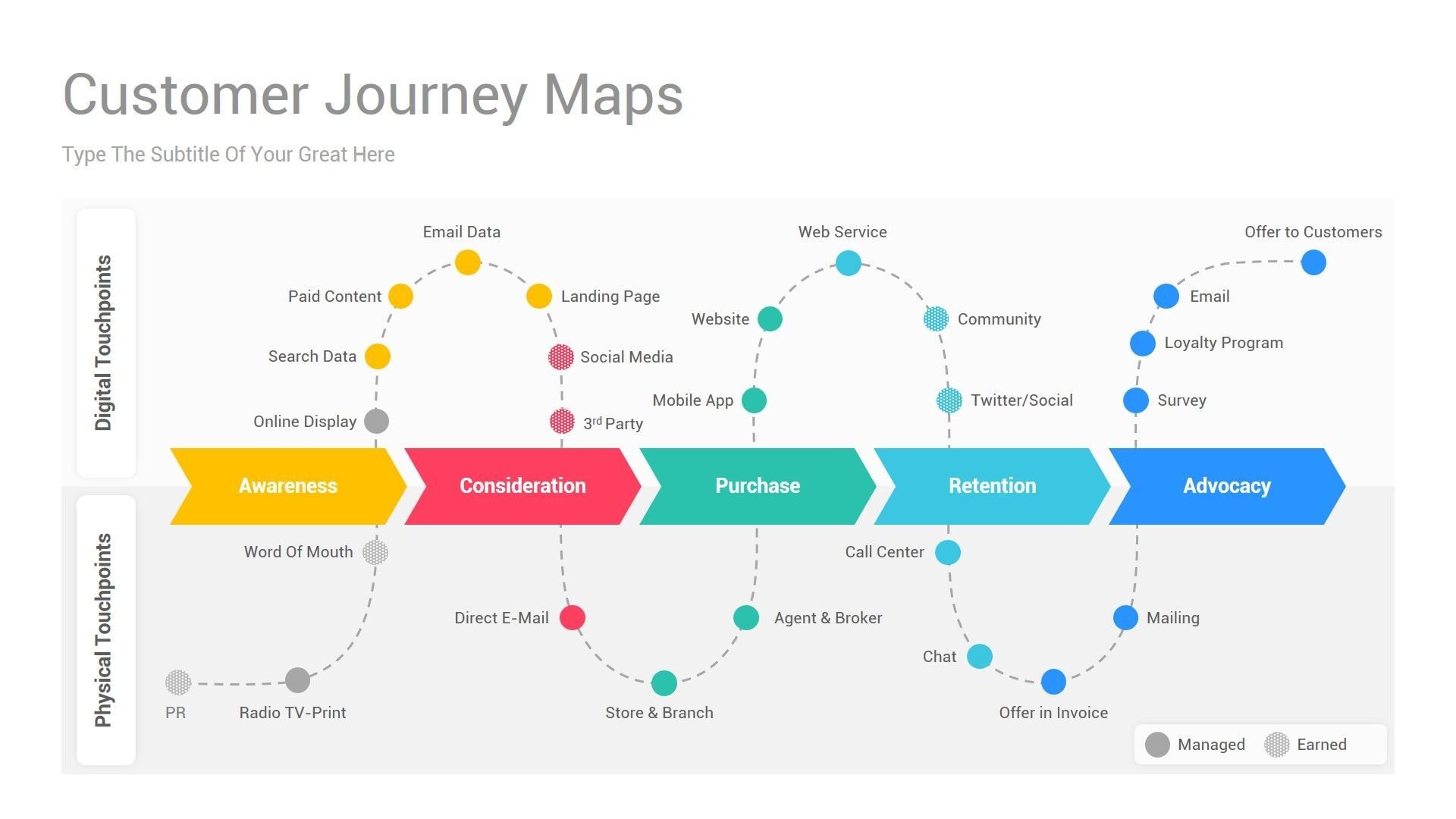
However, data shows that a lot of visitors are dropping off after browsing through various product pages. This is a major concern as it indicates that visitors are interested in your offerings, but are not proceeding to the next stage for some reason.
Here, you can opt for behavior analysis to further understand this issue. A good way to do this is to run on-page surveys and to learn more about their hesitation to proceed further.
One of the questions that you can ask in this survey is “What additional information would you need to purchase this product?”
Moreover, with VWO’s on-page surveys, you can use the power of AI to generate relevant, engaging questions that align with the goals of each survey.
With this approach, you can discover the challenges your visitors are facing, and more importantly, you can also build a strong connection with them by showing a willingness to understand their problems and improve their experience.
Discover trends and patterns in customer behavior
The goals, motivations, and preferences of your visitors and customers change at every stage of the buying journey.
Understanding these changing behaviors and trends is key to building a seamless, optimized experience.
Here, the best strategy you can follow is to analyze visitor behavior at every touchpoint and identify recurring trends, patterns, or shifts in their interactions.
For example, a banking website can use session recordings to analyze visitor behavior on key conversion points such as the loan application form or the investment calculator page.

Here, they can watch recordings of how visitors interact with these pages and look for common drop-off or abandonment patterns.
Based on this behavioral analysis, the banking website can make the necessary changes to align the website experience with emerging behavioral trends.
With this approach, you can analyze every customer touchpoint, gain deeper insights into their behavior, and optimize the entire buying journey.
Boost retention and customer loyalty
The customer journey doesn’t end after a purchase.
It continues to grow and evolve as the customer interacts with the business, makes more purchases, and expects the business to know everything about their preferences and buying behaviors.
The post-purchase experience is equally important as it determines whether the customer will remain loyal to your brand or switch to your competitor.
At this stage, you need to leverage all the data and insights you’ve gathered so far to further improve their experience and provide a personalized touch to every interaction.
This phase is crucial for fostering customer satisfaction, building loyalty, and encouraging repeat purchases.
To do so, you can opt for on-page surveys or feedback forms to understand how you can continuously improve the overall customer experience.
This is crucial as it helps you build a strong connection with existing customers and it also encourages them to speak positively about your business.
For example, let’s say you wish to improve the cross-selling aspect of your eCommerce business. To do so, you analyze the buying behaviors of existing customers and use the data to recommend similar products when they reach the checkout page.
Here, you observe the heatmap of this page to understand how customers interact with the recommended products section. During this analysis, you notice that the section does not receive enough engagement as compared to the other sections.
To further understand this problem, you watch the session recordings of these customers and realize that the images in the recommended products section are not loading quickly.
This is probably why customers are skipping this section entirely and just going ahead with their regular purchases. Based on this crucial insight, you can now optimize this section and ensure that customers can easily view the recommendations.
By continuously monitoring customer behavior and gathering feedback, you can identify areas for improvement and implement iterative changes to streamline the customer journey.
This ensures that the customer experience remains aligned with evolving customer needs, resulting in long-term loyalty and customer retention.
Types and examples of customer journey maps
As you prepare to build a customer journey map, it is important to choose a map type that matches your business requirements and customer goals. Here are a few of the commonly used customer journey maps.
1. Experience maps
This is the simplest form of a customer journey map as it visualizes the experience, emotions, and needs of different buyer personas and predicts the actions they might take at each stage.
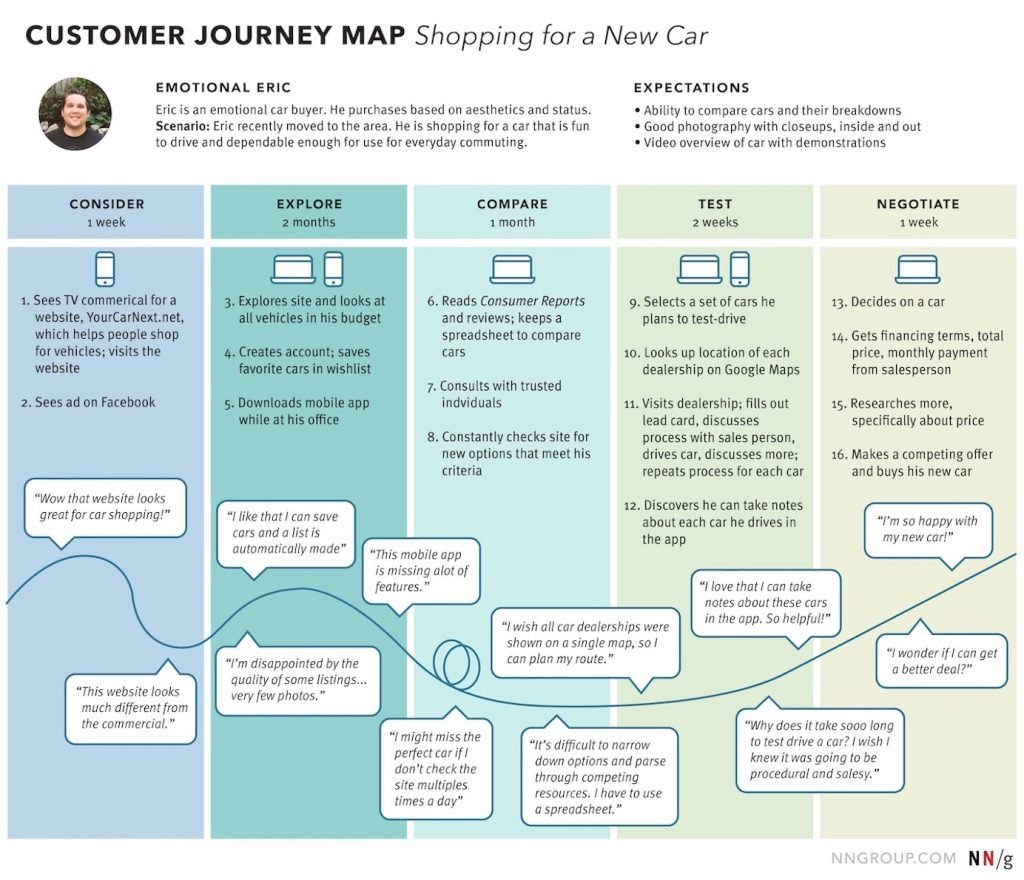
Using an experience map is a great way to start the customer journey mapping process as it gives you a general overview of how typical visitors or buyer personas interact with your website at different stages.
2. Day in the Life
One of the most popular customer journey maps is the ‘Day in the Life’ map. This map visualizes a broader set of actions that a person performs in his daily life, even if it does not involve your brand.

The goal is to discover the thoughts, feelings, and pain points that potential customers experience and identify the touchpoints where they might interact with your brand.
3. Current state
Unlike the previous type, the ‘Current state’ map deals with the journey that visitors and customers currently have on your website.

It helps you to identify the varying levels of awareness and emotions that your customers experience while interacting with your brand.
4. Future state
As the name suggests, the ‘Future state’ map visualizes how customers will interact with your brand in the future. This is done by analyzing their current behaviors and understanding where they might need your business later on.
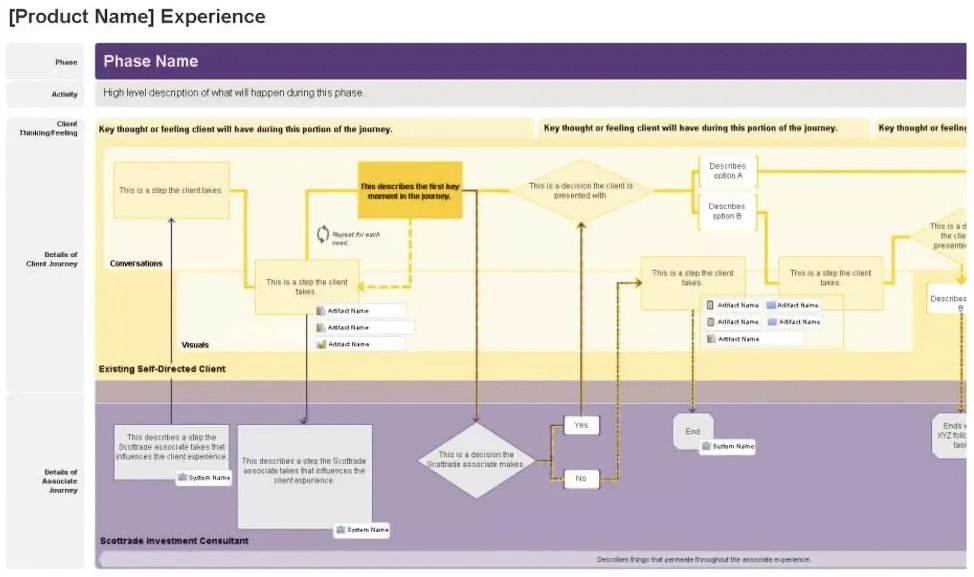
5. Service blueprint
This type of customer journey map provides a layered and detailed view of every interaction that a customer has with your business. Moreover, the map also highlights the teams or functions that are responsible for each interaction, giving you more clarity on how you can align the customer journey with your business goals.
Final thoughts – How to use VWO Insights – Web to optimize customer experiences
Building a customer journey map is only half the battle. The other half begins when you try to analyze visitor interactions, observe their behaviors, and identify potential friction points at each stage of their journey.
VWO Insights – Web should be your ideal companion when it comes to boosting the customer journey maps with qualitative data and analyzing the behaviors and patterns of every visitor.
With powerful behavioral analytics features like website heatmaps and session recordings, you can analyze visitor behavior at every stage and discover previously unknown roadblocks that impact their experience.
Moreover, the platform also helps you conduct AI-powered surveys to gather feedback and insights from your visitors and customers at crucial touchpoints.
The form analytics feature allows you to perform a field-level analysis of key conversion forms, giving you a clear picture of where your visitors are struggling and helping you identify the reason behind abandonment.
By using these behavioral analytics features, you can enhance the quality of your customer journey maps and also make informed decisions to improve the overall experience of visitors on your website.
Take a free trial of VWO Insights – Web to try out these crucial features and discover in-depth insights about your customers at every stage of their journey.



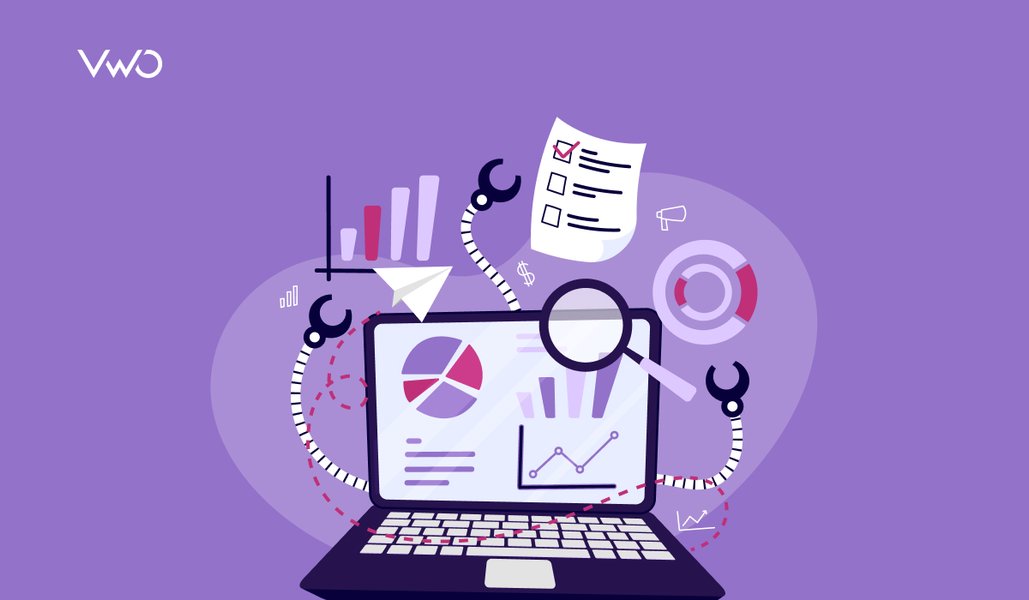
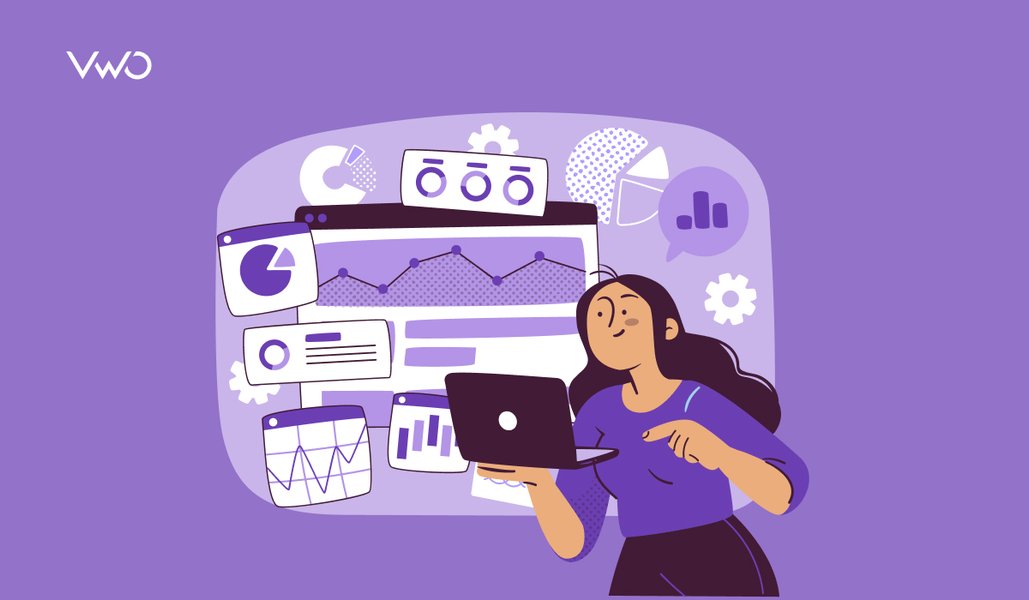
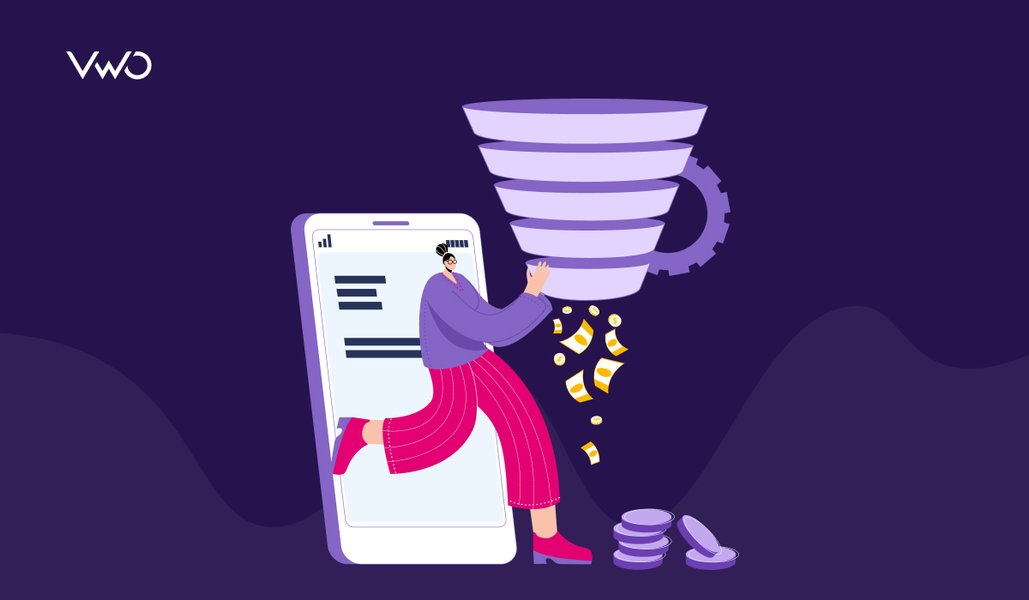
![7 Top Performance Reporting Software in 2026 [Expertly Curated] + How to Choose the Best](https://static.wingify.com/gcp/uploads/sites/3/2025/04/Feature-image-7-Top-Performance-Reporting-Software-How-to-Choose-the-Best-One.jpg?tr=h-600)
![5 Best Free App Analytics Tools in 2026 to Boost App Performance [Research-Backed Picks]](https://static.wingify.com/gcp/uploads/sites/3/2025/04/Feature-image-5-Top-App-Analytics-Tools_-Solutions-to-Improve-Your-App-Performance.jpg?tr=h-600)











